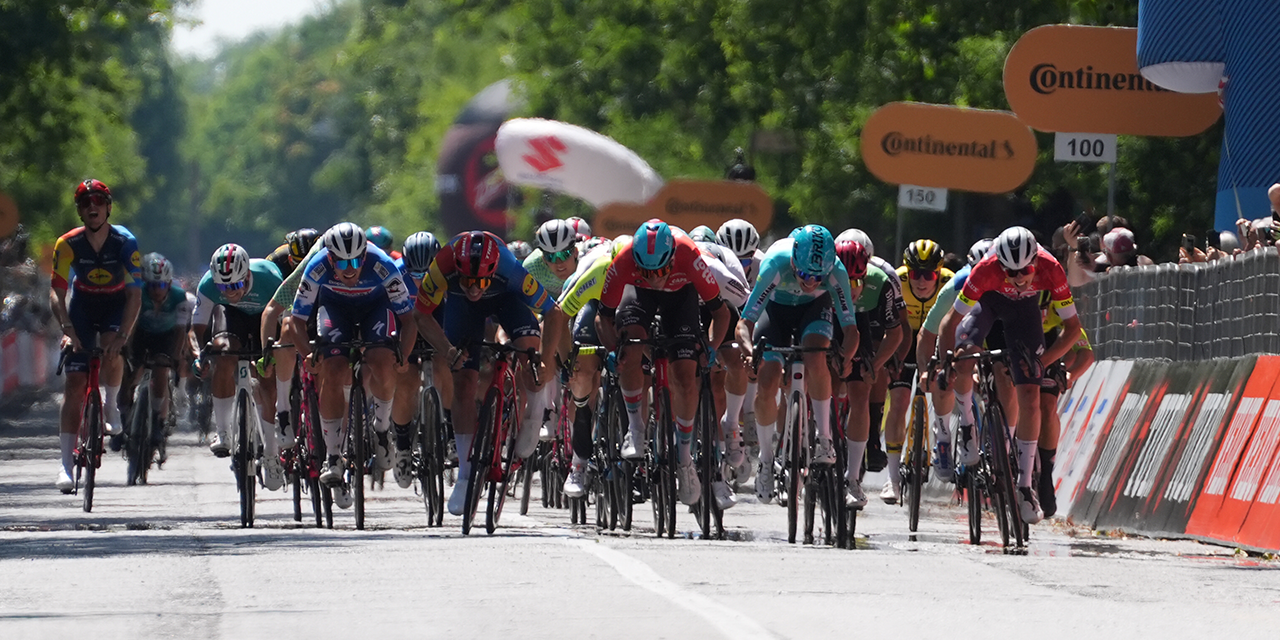Let’s be honest: when the young sprinters preparing for the Giro Next Gen 2025 looked at the race route, they probably weren’t too thrilled. To be clear, there will be opportunities for them, but they’ll need strong legs and good climbing resilience to seize them. Depending on how the race unfolds, they could find anywhere from just one to four chances. The reality will probably lie somewhere in between.
Looking at the elevation profile, Stage 2 appears to be the only one suited to the sprinters, from Rho Fiera Milano to Cantù, covering 146 km. No significant climbs, just a short categorized ascent in Cuggiago after 82 km, and a finale that features a long 30km circuit to be completed twice. While it’s true that making a selection earlier is nearly impossible, watch out for the final 500 meters—they climb at nearly 8% toward Cantù and will make life tough even for the purest sprinters.
Stage 4, from Manerbio to Salsomaggiore Terme (148 km), is considerably less certain. After a completely flat opening, riders will face the Valico di Sant’Antonio (8.5 km at 5%), coming 31 km from the finish. It will depend on how fast the climb is tackled – and U23 riders are rarely conservative – but it seems unlikely that all sprinters will make it over. Stage 5, from Fiorenzuola d’Arda to Gavi (153 km), should offer slightly better odds, as the toughest obstacles come farther from the finish. The difficult Passo del Penice (12.9 km at 6.7%) is crested 84 km from the line, and the only remaining hurdle is the Passo Coppi (1.6 km at 6%) with 26 km to go.
The finale of Stage 6, from Ovada to Acqui Terme (155 km), will also be open to interpretation. After a simple start, the final 40 km are, on paper, quite demanding, first with the Cassinasco climb (5.5 km at 4.7%), then Sant’Ambrogio (4.3 km at 6.3%), with the summit coming 18 km from the finish. Once again, it seems unlikely that all sprinters will survive, but they’ll need to grit their teeth, because it’ll be their last chance.























